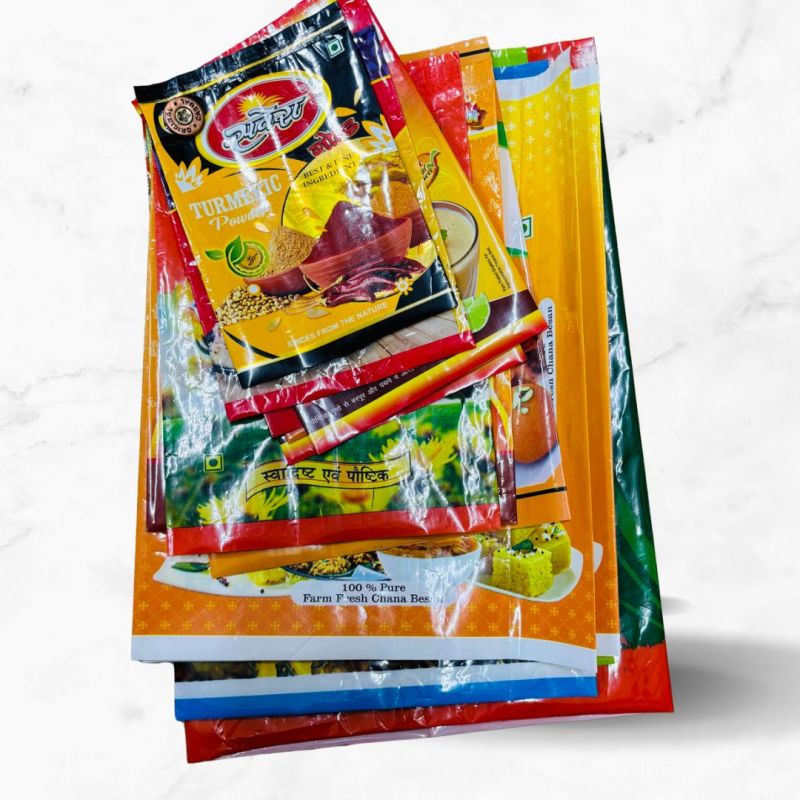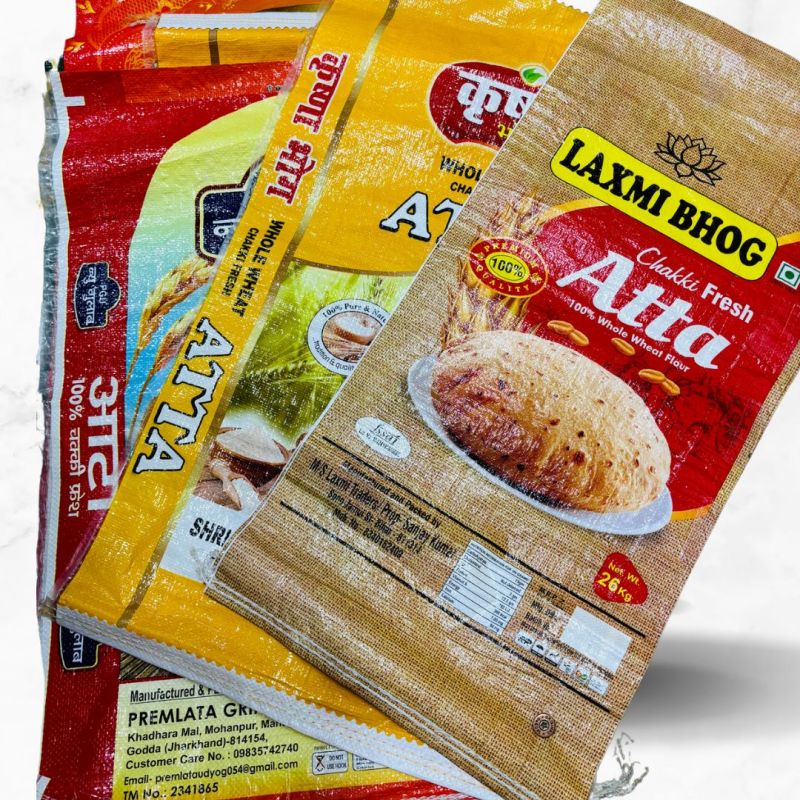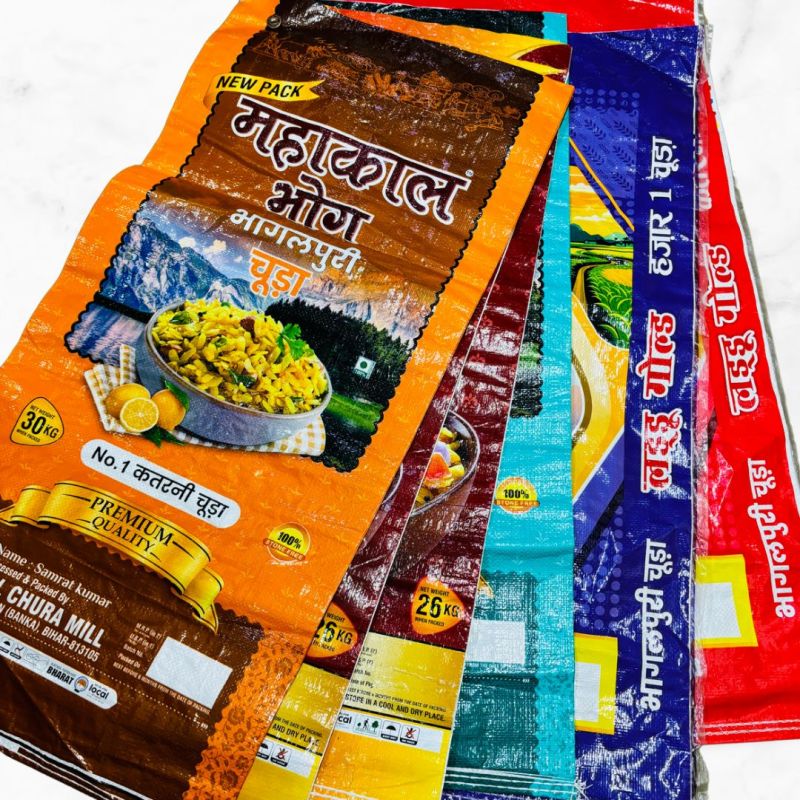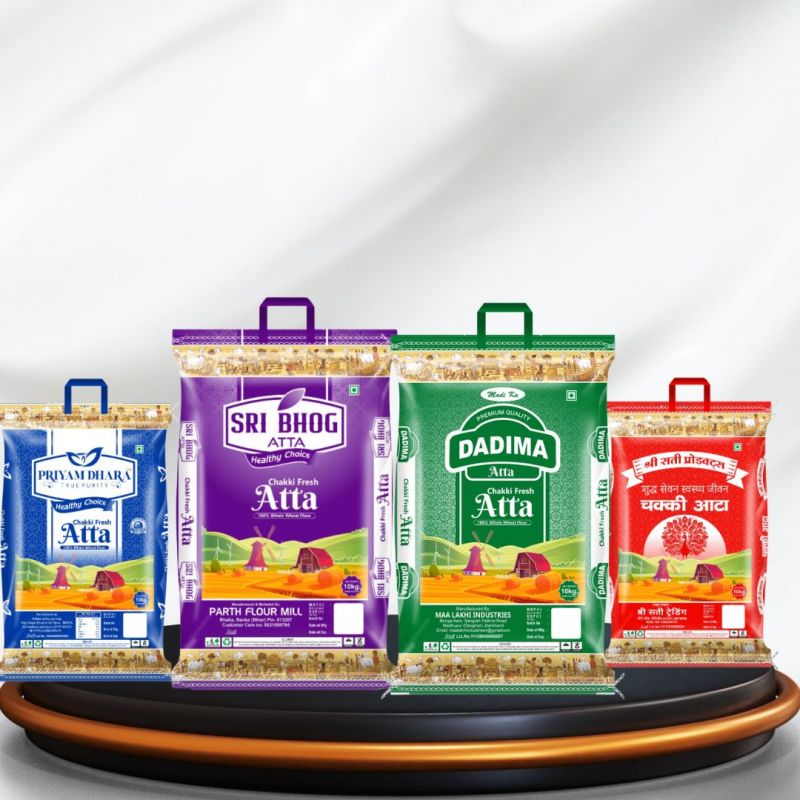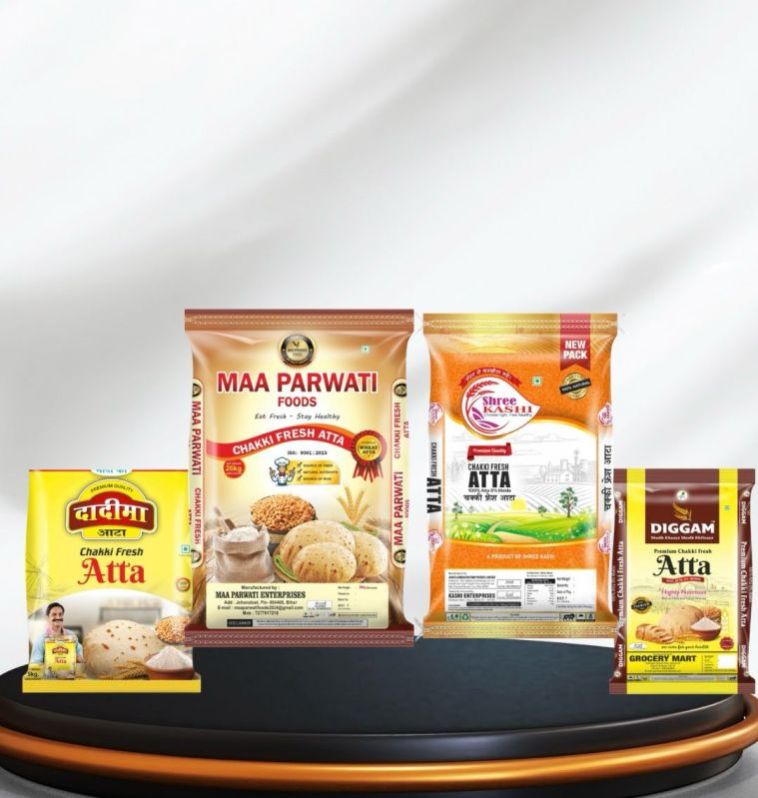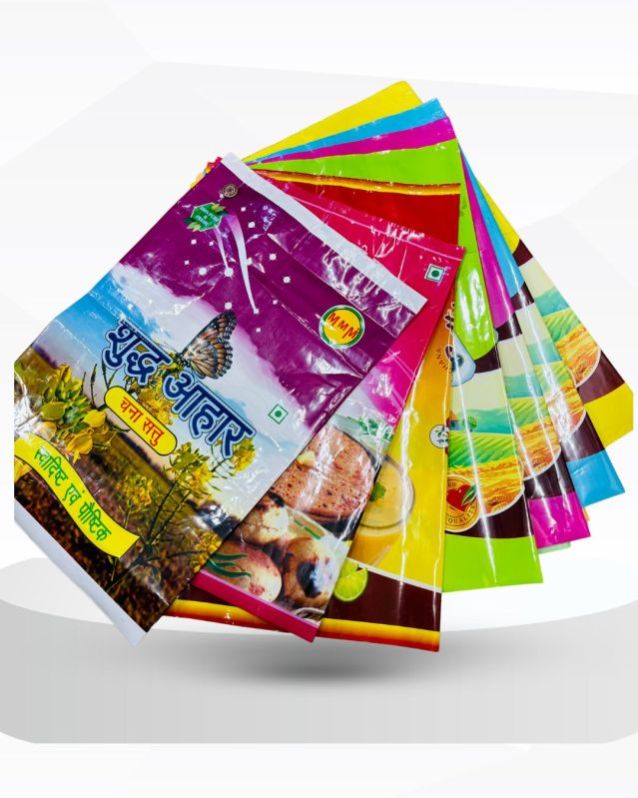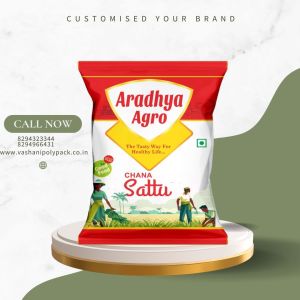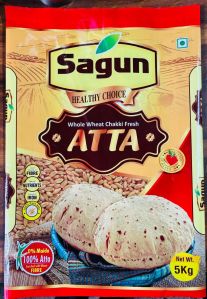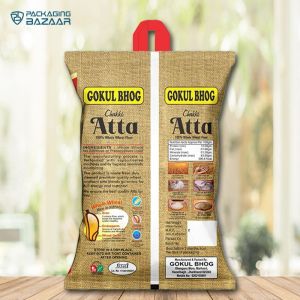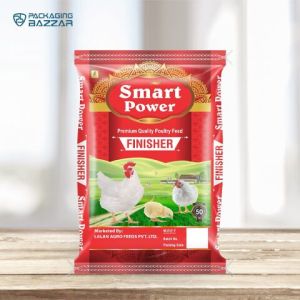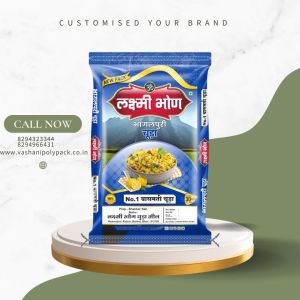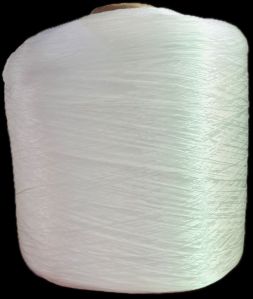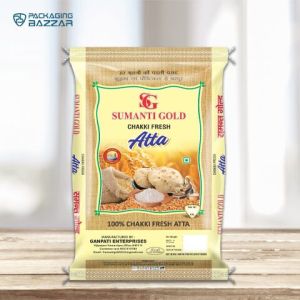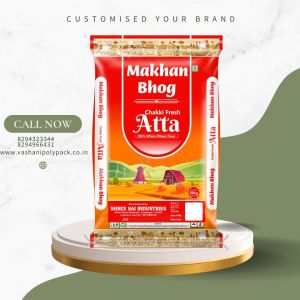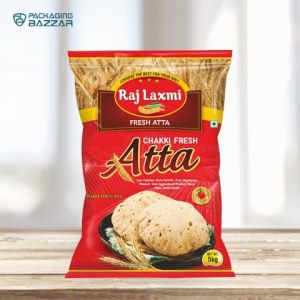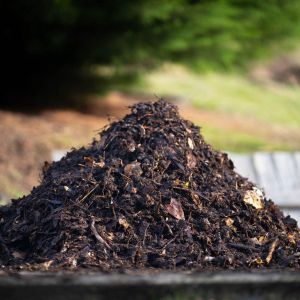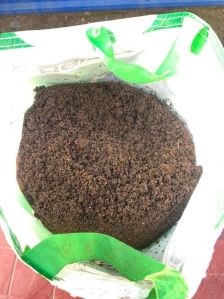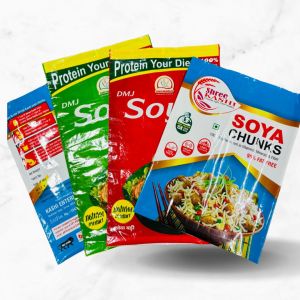| Business Type | Manufacturer, Exporter, Supplier, Trader, Importer |
| Brand Name | Customized |
| Material | BOPP |
| Color | White |
| Click to view more | |
Product Details
Condition
New
Application
Packaging Food
Industrial Use
For All type of food Packaging
Feature
High Strength, Eco Friendly, Re usable
Pattern
Plain
Product Code
0002
Port
As required
Payment Terms
L/C
Delivery Time
7 to 10 days
Packaging Details
As required
Food packaging bags come in various materials, each with unique properties suited for different types of food products. Here’s an overview of common food packaging materials used for bags:
1. Plastic Bags- Polyethylene (PE) – Flexible, moisture-resistant, and commonly used for bread, frozen foods, and snacks.
- Types:
- Low-Density Polyethylene (LDPE) – Soft, flexible, and resistant to moisture (used for bread and produce bags).
- High-Density Polyethylene (HDPE) – Stronger, more rigid, and used for grocery and frozen food bags.
- Types:
- Polypropylene (PP) – Transparent, lightweight, and resistant to grease (used for snack foods, pasta, and baked goods).
- Polyethylene Terephthalate (PET) – Clear, lightweight, and strong (used for vacuum-sealed bags and beverage packaging).
- Kraft Paper – Eco-friendly, durable, and often used for dry foods like flour, sugar, and coffee.
- Wax-Coated Paper – Provides moisture resistance for items like sandwiches and baked goods.
- PLA (Polylactic Acid) Bags – Made from corn starch; biodegradable and used for fresh produce or snacks.
- Compostable Kraft Paper Bags – Made from plant-based materials, ideal for eco-friendly packaging.
- Aluminum Foil Bags – Provides excellent barrier protection against light, air, and moisture (used for coffee, chips, and pet food).
- Metalized Polyester (MPET) – A lighter alternative to aluminum foil, often used for snack foods.
- Stand-up Pouches – Made of multiple layers of plastic, foil, or paper for strength and resealability (used for nuts, coffee, and dried fruits).
- Vacuum-Sealed Bags – Extend shelf life by removing air (used for meat, cheese, and seafood).
Looking for "Food Packaging Materials bags" ?
piece
